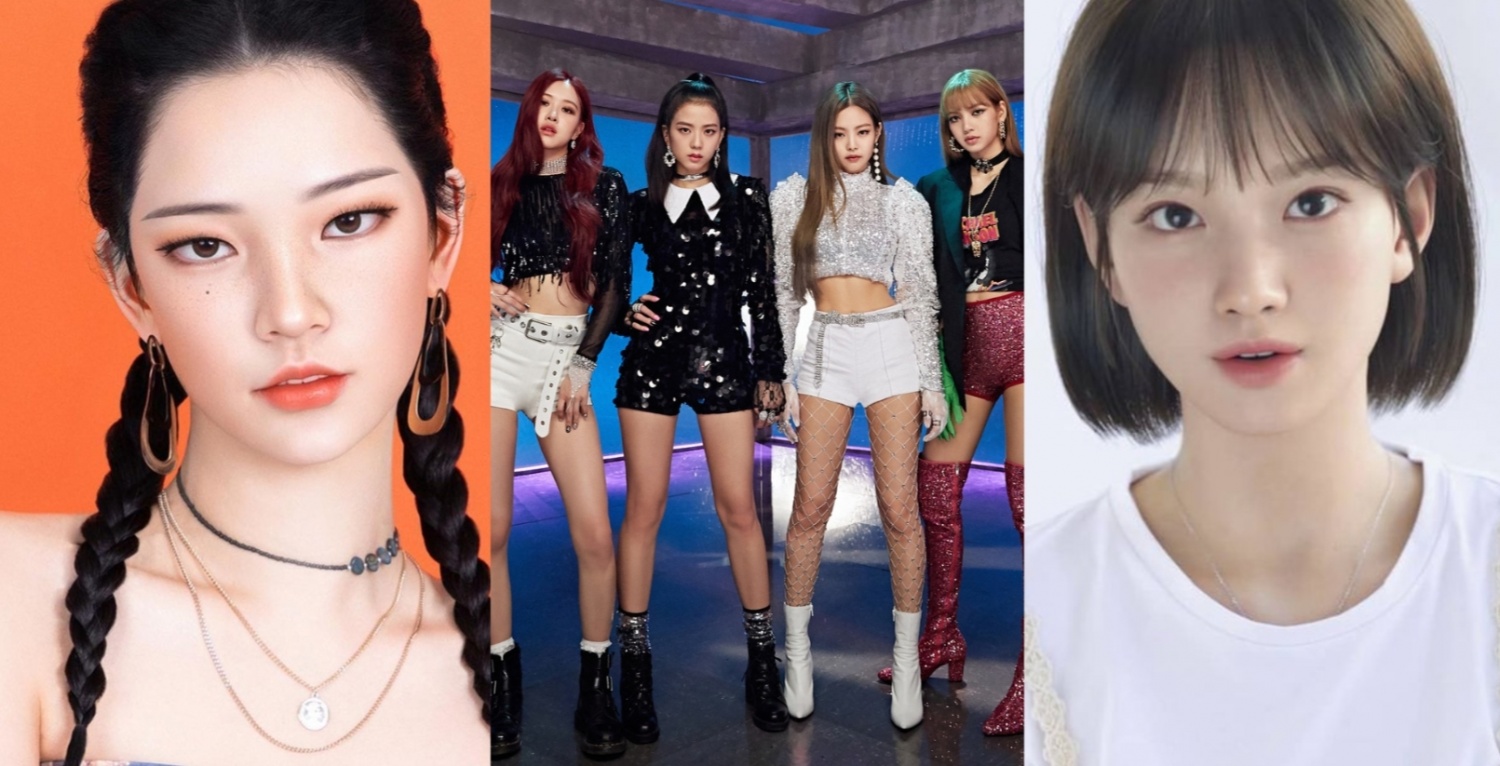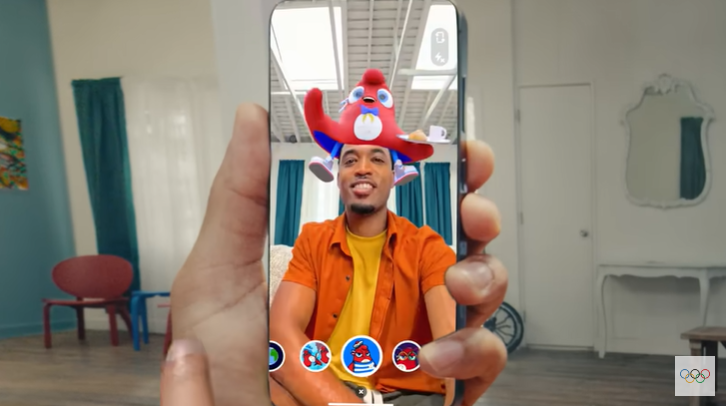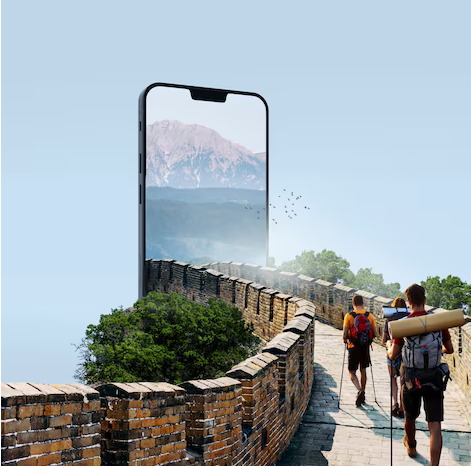As we navigate the intricate landscapes of technology, virtual humans stand as digital visionaries. They come in various forms — computer-generated characters, lifelike avatars, and artificial intelligence (AI) entities. The allure of these entities has fueled a predicted $440.3 billion market by 2031, signaling a shift in how we perceive and interact with the digital world.
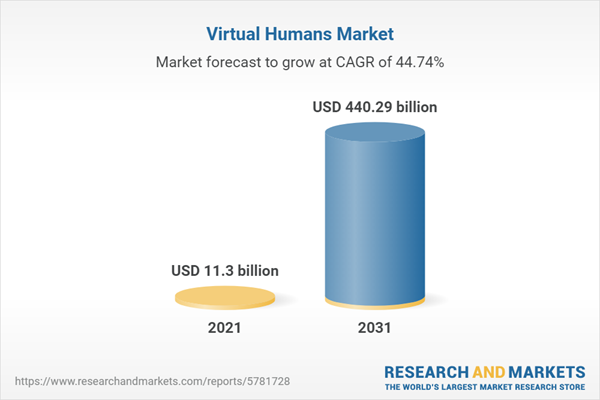
Beyond Pixels: The Evolution of Virtual Human Realism
Unveiling the Potential of Virtual Humans – Stories of Success from Digital Icons Liu Yexi, Ayayi, and Ling
Whether as computer-generated characters, digital representations, or AI avatars, they boast human-like appearances, behaviors, and even the ability to learn and adapt. The lines between the virtual and the real blur as these entities evolve beyond mere simulations. In the real world, virtual humans have stepped into the spotlight, showcasing their transformative potential.
Liu Yexi: One of the most popular virtual humans in China, Liu Yexi seamlessly blends cultural trends. As a virtual influencer, Liu Yexi has become an icon, captivating millions with her Douyin-style makeup, traditional Chinese dress (hanfu), and mystical world. In just one month after her debut, she garnered nearly 9 million followers, illustrating the captivating appeal of virtual humans.
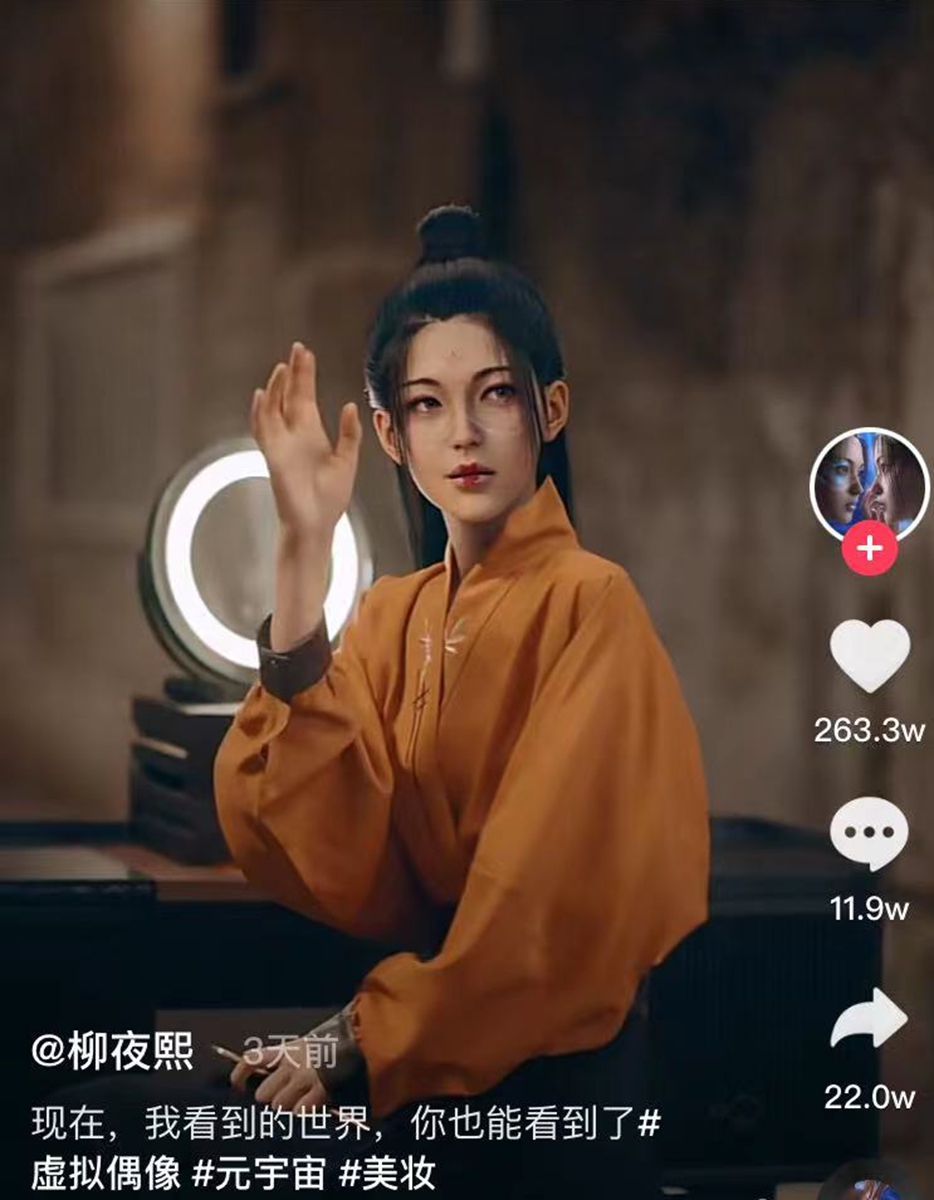
source: douyin
Ayayi: The luxury virtual influencer Ayayi has made waves in the fashion and beauty industry. Having worked with brands like Ferragamo, Prada, Louis Vuitton, and Guerlain, Ayayi embodies the power of virtual influencers in connecting with audiences on a deeper level. Alibaba even appointed Ayayi as its “first digital human employee,” a testament to the trust and control that brands can exert over virtual personas.
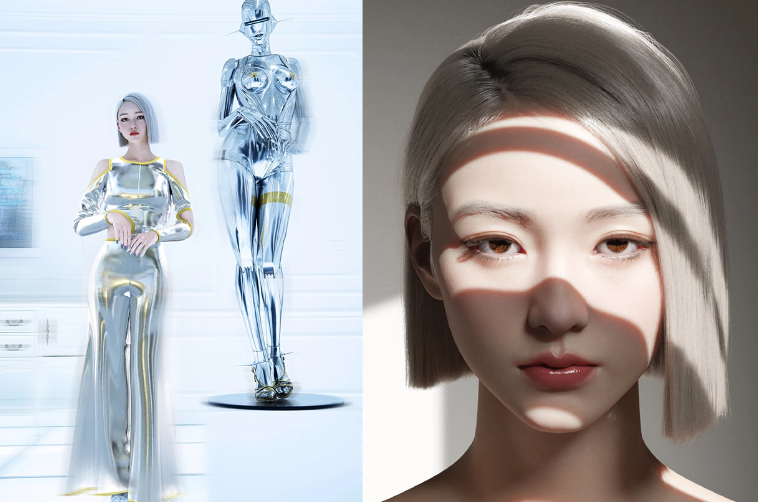
source: weibo
Ling: Virtual influencer Ling has collaborated with prestigious brands like Pechoin and Bulgari. Her campaigns include working as a Gift Ambassador for Estee Lauder and partnering with Tesla in a guochao-style advertisement, bridging high-tech with Chinese tradition and aesthetics. Ling has started using the “AIGC” hashtag on Weibo, indicating the use of AI to generate content and blurring the lines between AI-generated and human-generated content.

source: digitalmag
24/7 Livestream Anchors: Transforming Marketing with Virtual Human Prowess
In the world of customer service, virtual humans are changing the game with their round-the-clock availability, multilingual skills, emotional intelligence, and effective problem-solving. They craft personalized and engaging experiences, reshaping the customer service landscape. In China, virtual influencers are at the center of a lively debate on the possibility of machines replacing humans. These customizable, resilient, and economically viable entities are gaining attention, especially with luxury giants like Dior, Gucci, and Versace embracing livestreaming. With an expected 20% of Chinese e-commerce utilizing this channel, the integration of virtual humans not only reduces operational costs but also assures a clear return on investment.

source: jingdaily
Shiseido’s groundbreaking move on July 25, featuring Ayayi, a highly sought-after virtual influencer, endorsing its Ultimune collection via Tmall’s livestreaming channel, marks a transformative trend with promising implications for reshaping marketing and elevating consumer engagement dynamics. After successful collaborations with prestigious beauty and luxury brands like Tiffany & Co., Guerlain, M.A.C Cosmetics, Make up Forever, and L’Oréal Paris, Ayayi’s foray into the livestreaming scene, as reported by Retail in Asia, underscores the emergence of a trend with the potential to redefine the marketing and consumer engagement landscape.
Virtual Humans Simulating Success Across Industries
Virtual humans revolutionize education, offering immersive simulations, personalized learning experiences, and opportunities for upskilling.
Medical students, through virtual humans, practice surgery in realistic simulations. These entities provide an invaluable platform for soldiers to hone combat skills in lifelike scenarios, demonstrating the potential for enhanced training effectiveness.
In entertainment, virtual humans contribute to hyper-realistic gaming experiences and interactive storytelling. In healthcare, they serve as companions in therapy and practice subjects for medical simulations.
Marketing and retail industries leverage virtual humans for personalized product recommendations and interactive brand experiences. In healthcare, virtual humans are not only companions but also play a crucial role in medical simulations, providing a risk-free environment for practitioners to enhance their skills. In marketing and retail, these entities offer personalized recommendations, enhancing the overall customer experience and increasing engagement.
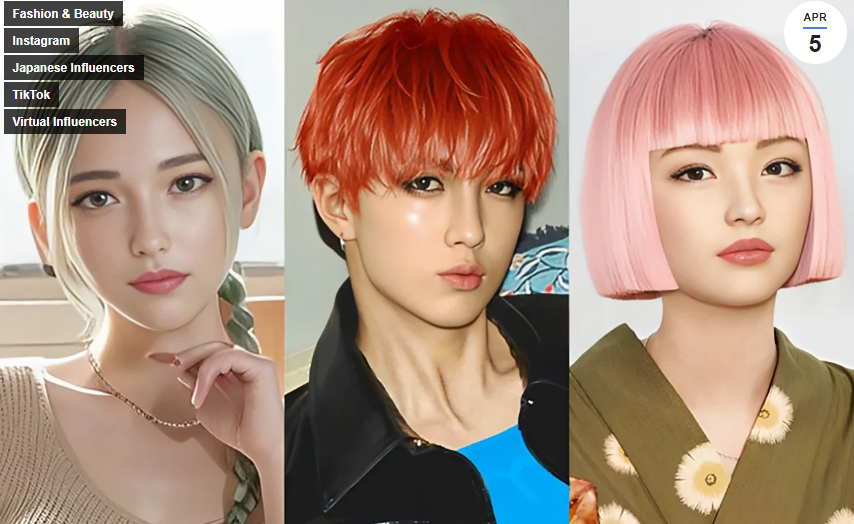
source: Japan Buzz
The Future of Virtual Humans: AI’s Quantum Leap and Challenges
As we gaze into the future, ethical considerations emerge. Concepts like the uncanny valley, potential job displacement, and data privacy challenges demand careful navigation. Advancements in AI, deep learning, and natural language processing herald a future where virtual humans seamlessly integrate into our lives. The distinction between AI-generated and human-generated content blurs, and our interactions become increasingly sophisticated. The future of virtual humans holds transformative potential. They will reshape the way we interact, evoke emotions, and even redefine societal norms. Embracing this change unlocks a realm of possibilities.
Threads of Transformation: Virtual Humans Rewriting the Fabric of Interaction
In the tapestry of technological innovation, virtual humans emerge as vibrant threads weaving a narrative of endless possibilities. From education to entertainment, healthcare to customer service, these digital entities have infiltrated every facet of our lives. The transformative potential they carry is undeniable. Subscribe for updates, share your thoughts, and explore resources that unravel the mysteries of AI-powered avatars. The journey has just begun, and the possibilities are limitless.

